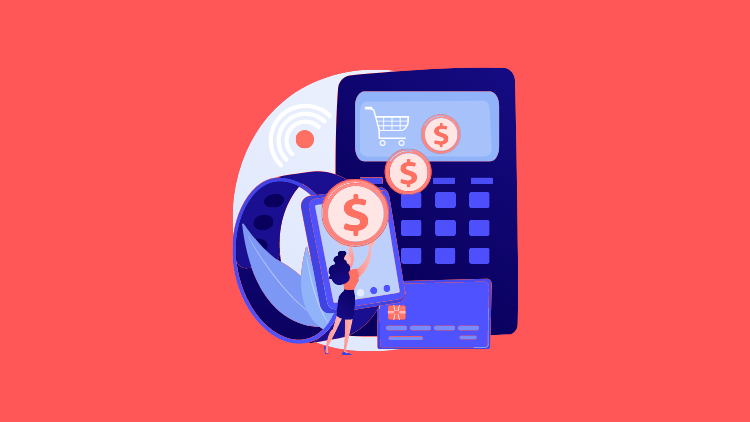Member Exclusive, Payments
Payments Briefing: 8 trends that will define 2022
- We welcome the new year with our very first weekly Payments Briefing.
- This week, we explore the most important trends that will shape the payments industry in 2022.








